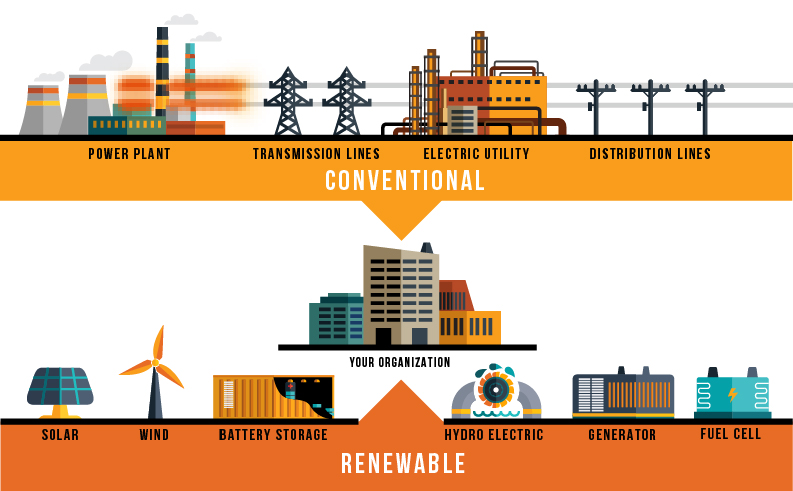New England’s Emerging Hybrid Grid

Currently, there are two developmental shifts taking place in New England concerning the electricity grid.
- The grid is shifting from conventional generation to renewable energy.
- The grid is also shifting from centrally dispatched generation to distributed energy resources.
What was formerly a traditional power system is becoming a hybrid system with electricity needs met by both conventional resources (natural gas-fired generators dependent on just-in-time deliveries of fuel) and large-scale renewable resources (weather-dependent wind and solar) connected to the regional transmission system.
New England’s hybrid system will also include thousands of small resources connected directly to retail customers or local distribution companies.
As this new hybrid grid emerges, maintaining reliable power system operations will become more complex due to new resources facing familiar constraints on energy production.
The Significance of New England’s Changing Fuel Mix and Evolving Energy Policies
In its State of the Grid 2019 presentation, ISO-NE provided a concise take-a-way statement:
“[The] Grid is holding steady on a strong power foundation, but the power system is changing and vulnerabilities are growing.”
Let’s first examine the grid’s strong fundamentals that have led to reliable power being supplied to the region over the last two decades.
ISO-NE has identified four key ingredients for the grid’s continuous reliability:
- Reliable Operations–Record cold, heat, demand, and major equipment outages have tested the grid in recent years. The grid has held.
- Robust transmission system–Big investments in system upgrades have increased grid efficiency and enhanced competition.
- Resource adequacy–New England’s Forward Capacity Market continues to attract and retain the capacity required to meet demand.
- Established, collaborative decision-making process–The ongoing collaboration between the ISO, market participants, state officials, and consumer advocates over the last 20 years has found and will continue to find solutions to the region’s energy challenges.
Now, let’s examine the grid’s potential vulnerabilities. ISO-NE has identified two areas of concern:
- Energy security risk–As the NE fleet shifts from power plants with stored fuels to resources that depend on weather or just-in-time fuel deliveries, there is growing concern that adequate capacity will be available throughout the region on a year-round basis.
- Shifting policy priorities are challenging competition in the market--NE’s competitive market has delivered reliable energy at fair market prices for the last 20 years. Competition has helped lower wholesale electricity prices while spurning investments of more than $16 billion in cleaner power plants and resources that reduce demand.
That said, the region’s individual state initiatives and mandates aiming toward clean energy goals have created a need for markets to be adapted to sustain the benefits of competition.
This post was excerpted from the 2019 State of Demand-Side Energy Management in North America, a market-by-market analysis of the issues and trends the experts at CPower feel organizations like yours need to know to make better decisions about your energy use and spend.
CPower has taken the pain out of painstaking detail, leaving a comprehensive but easy-to-understand bed of insights and ideas to help you make sense of demand-side energy’s quickly-evolving landscape.



